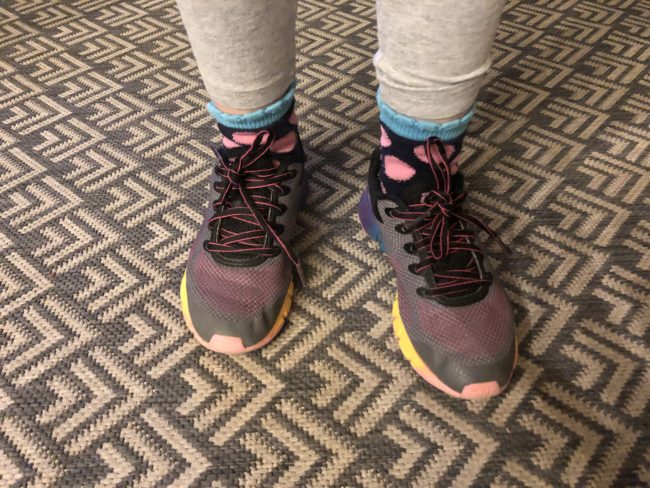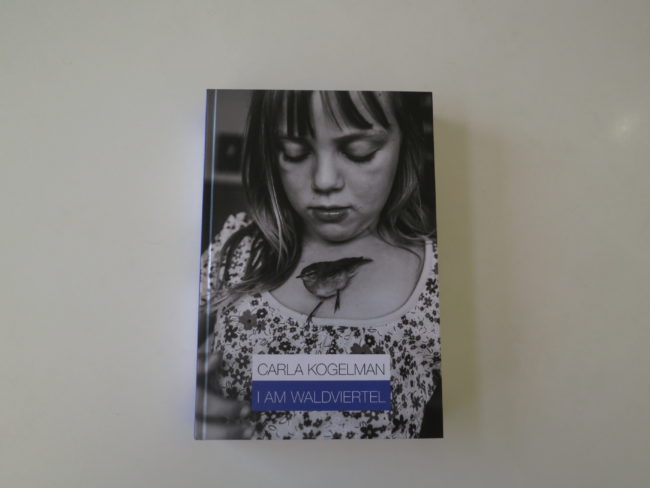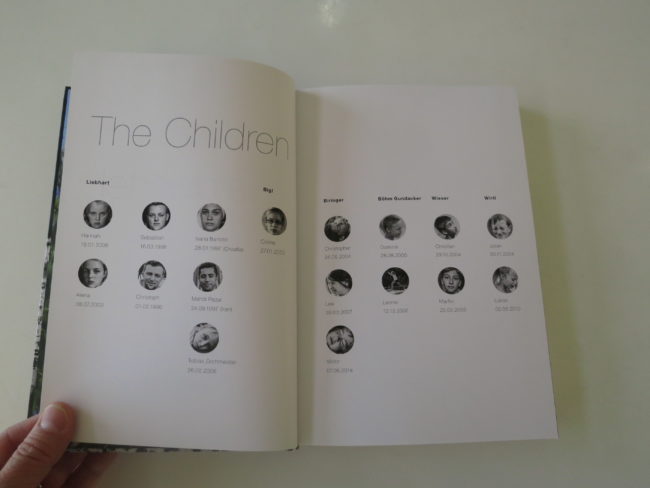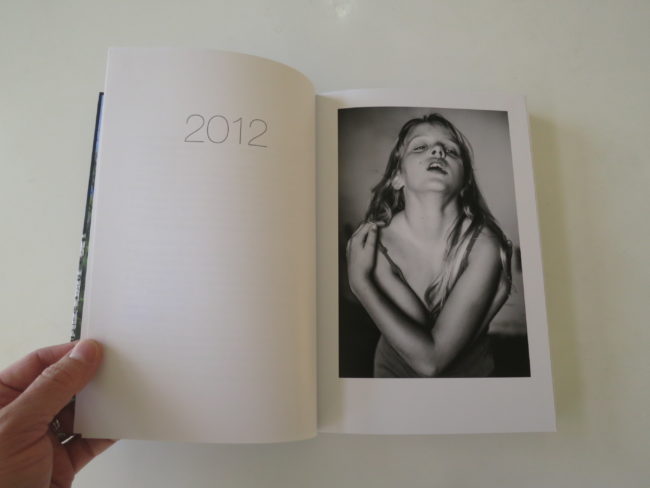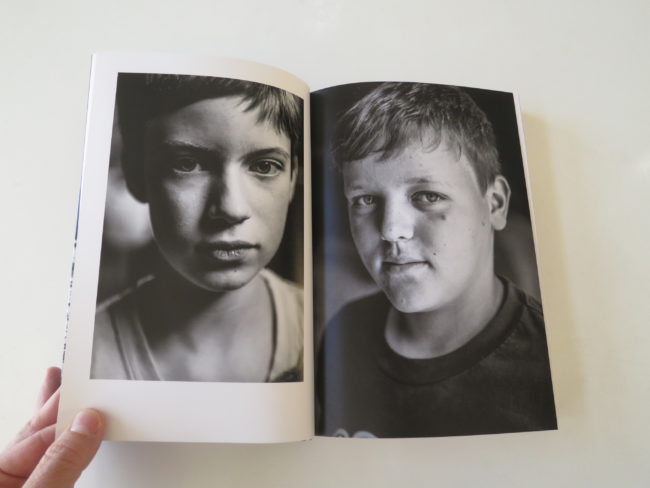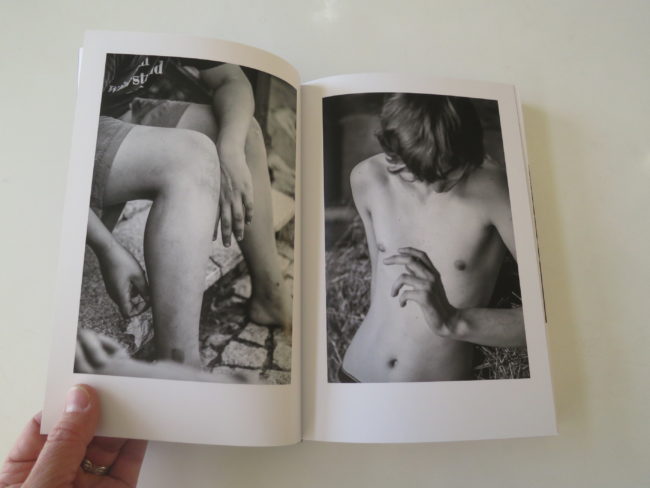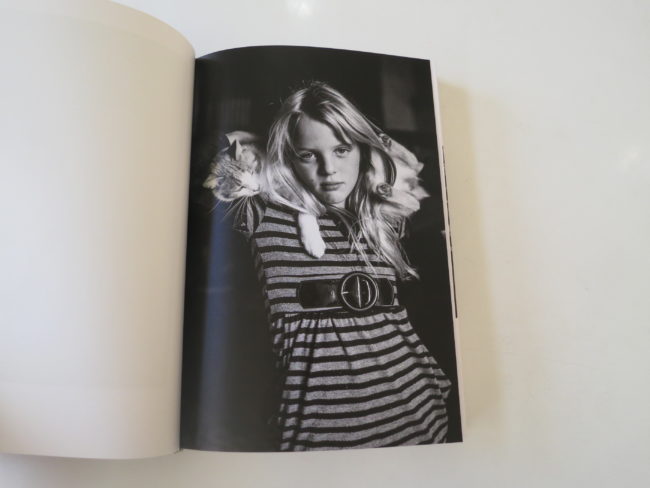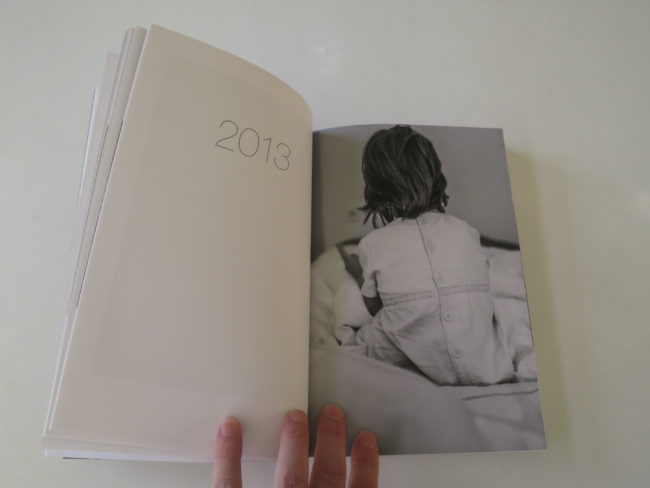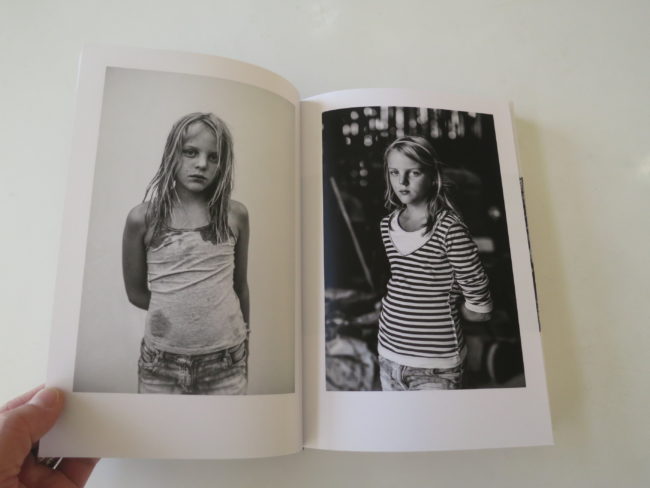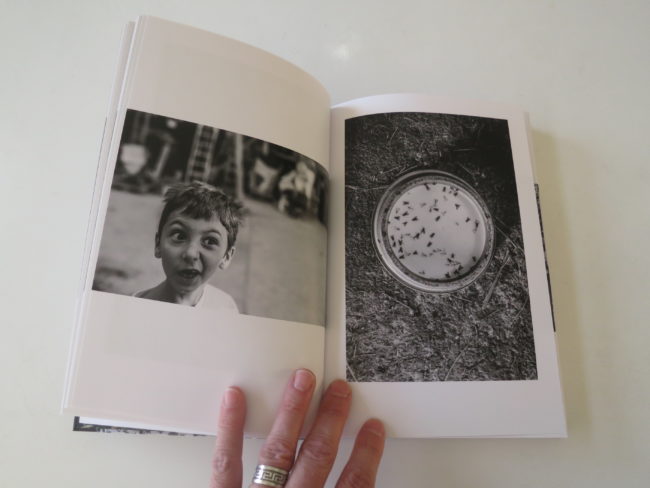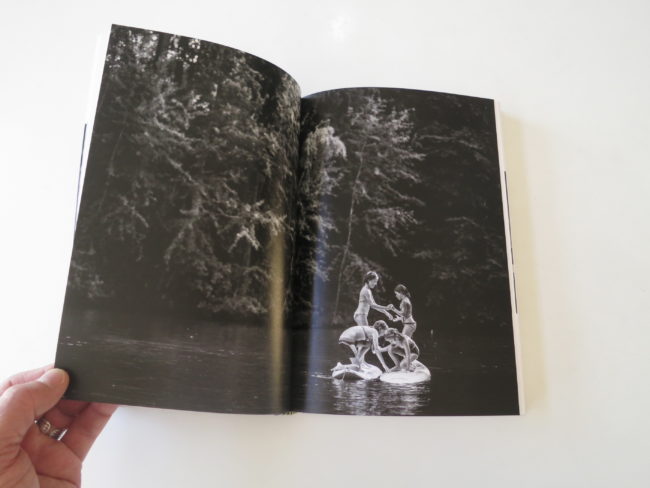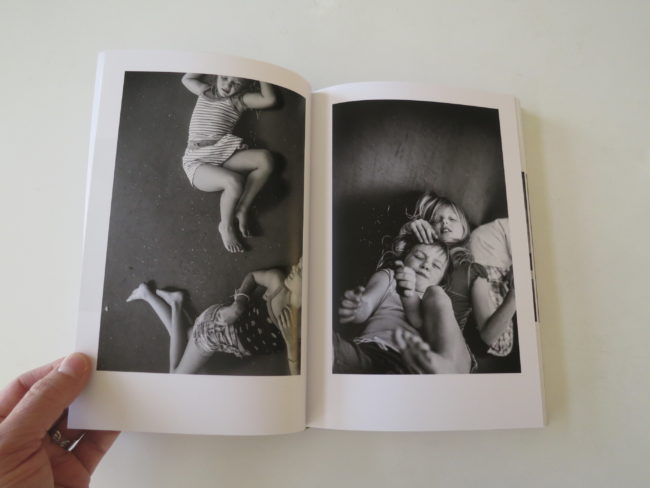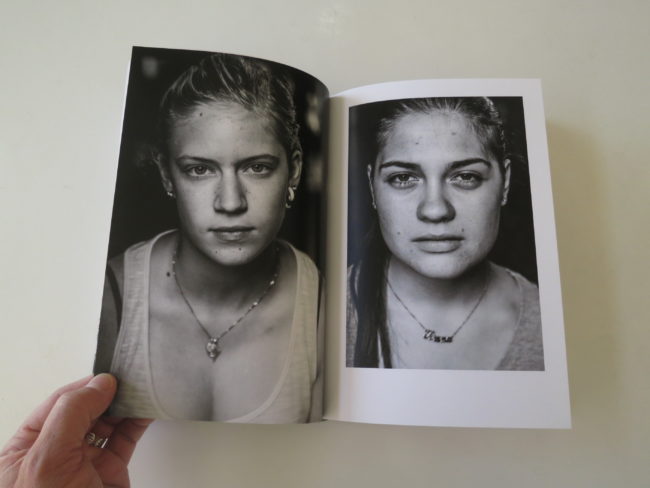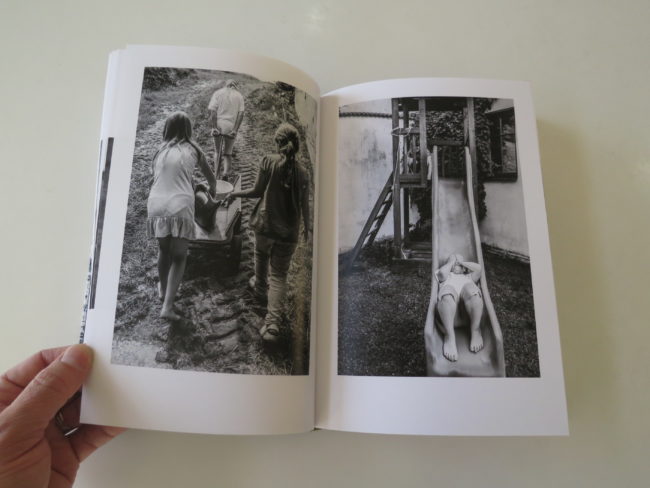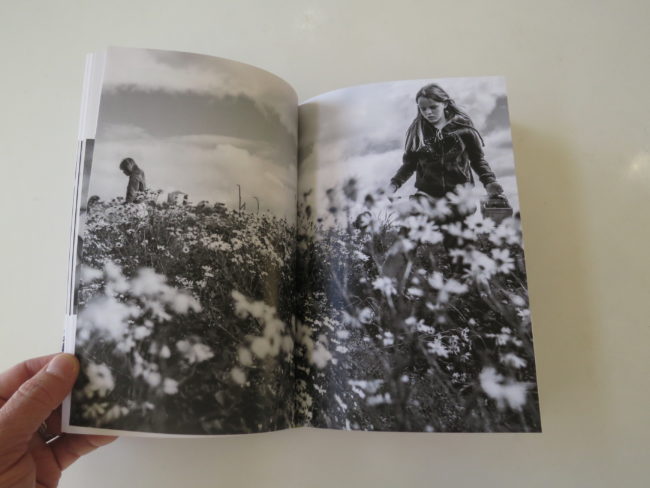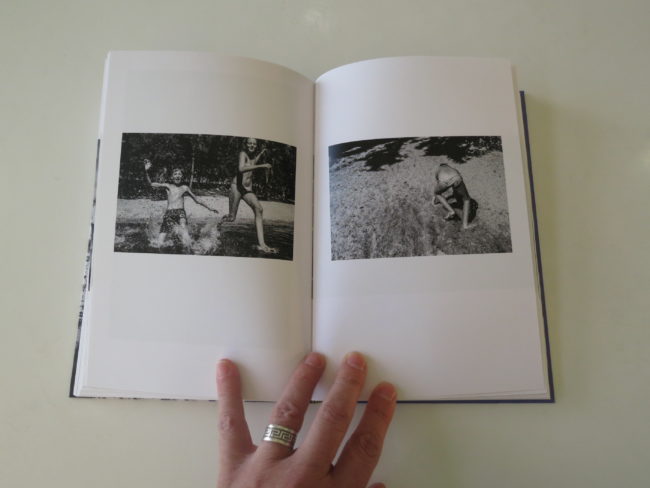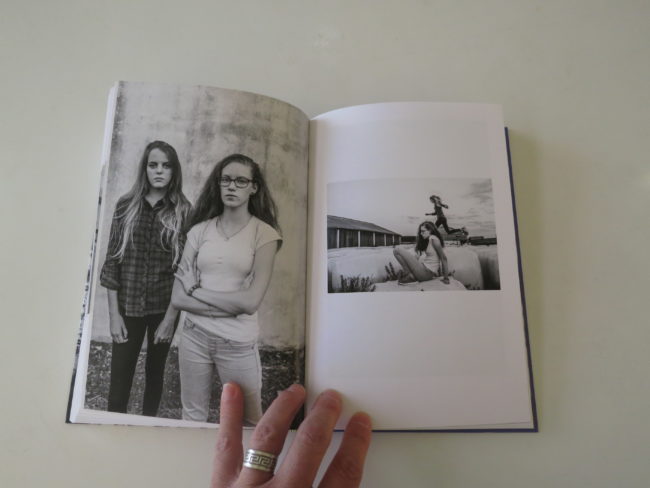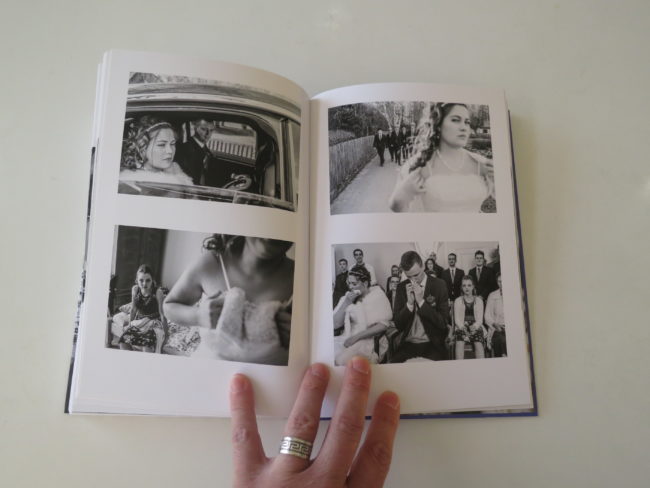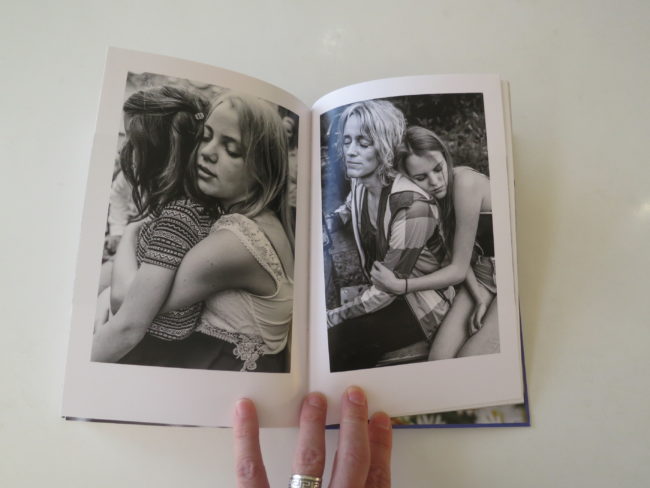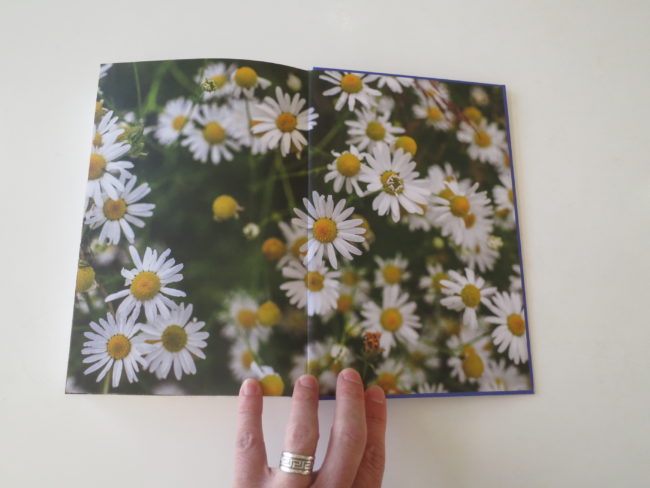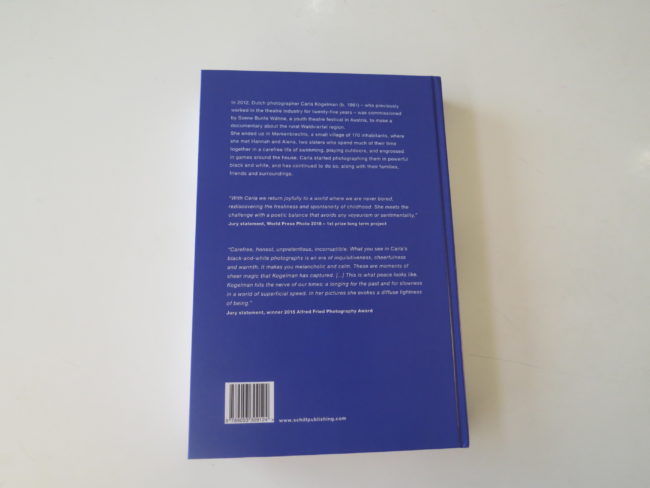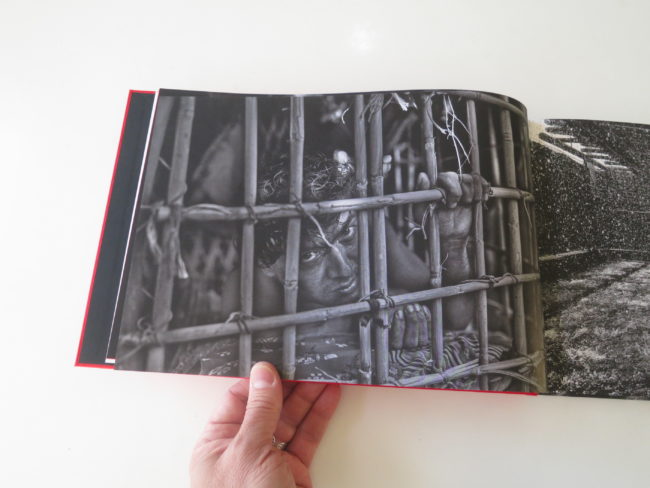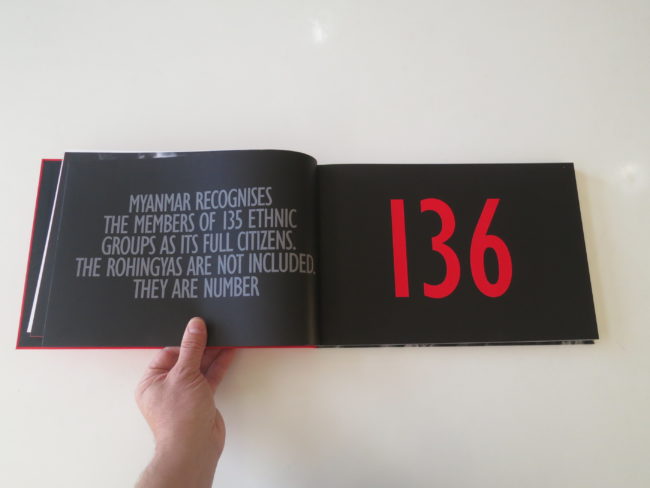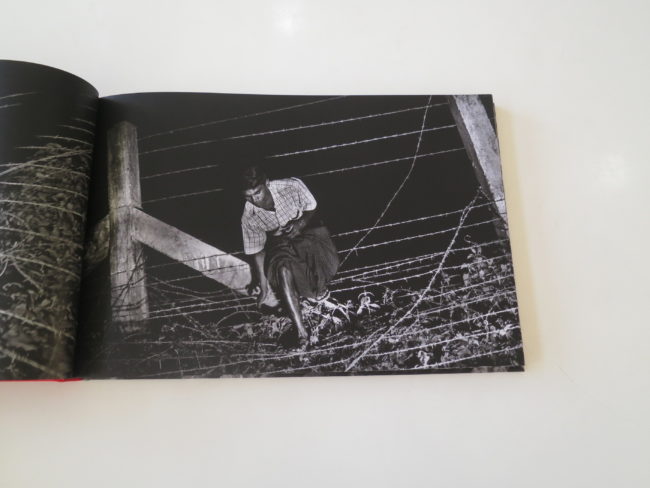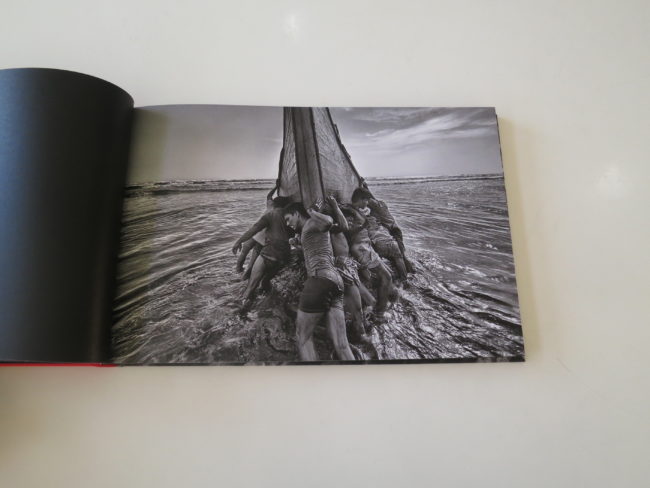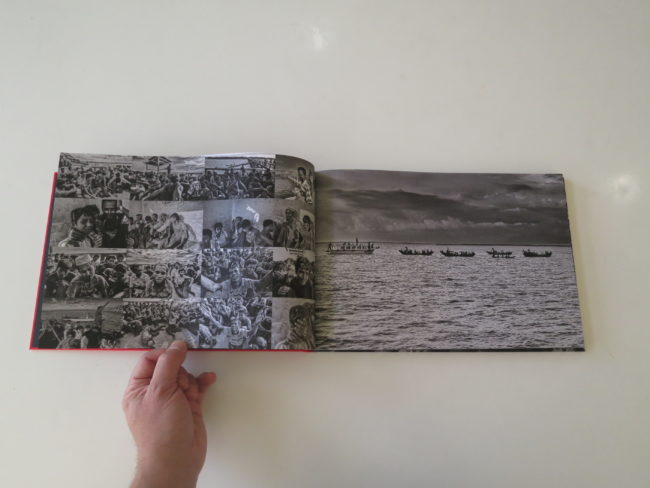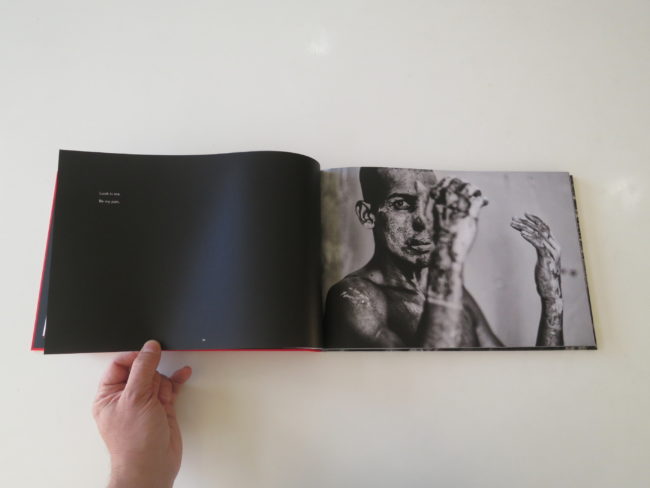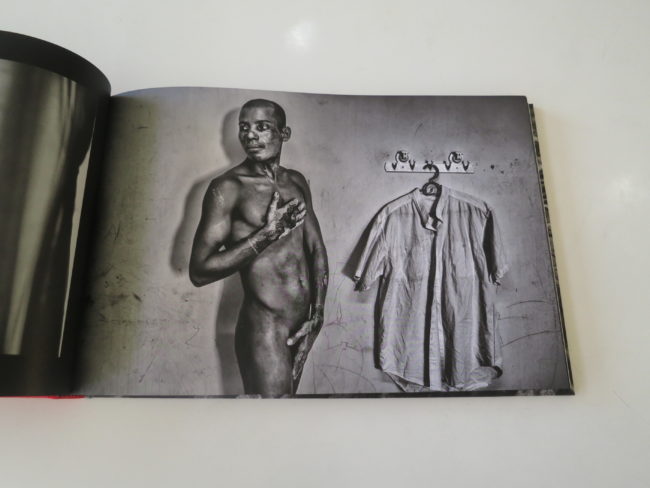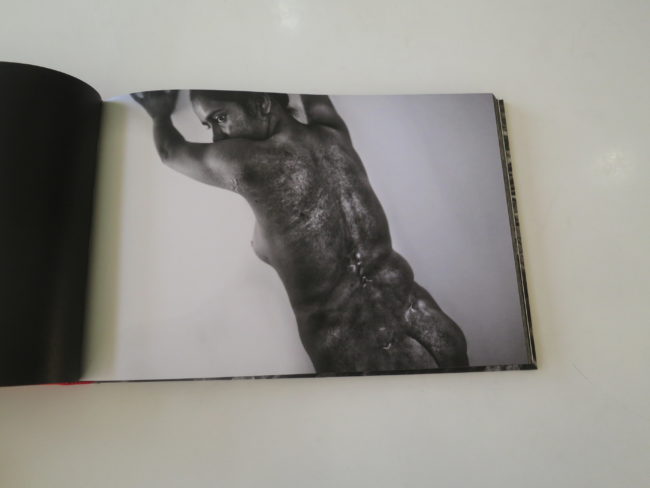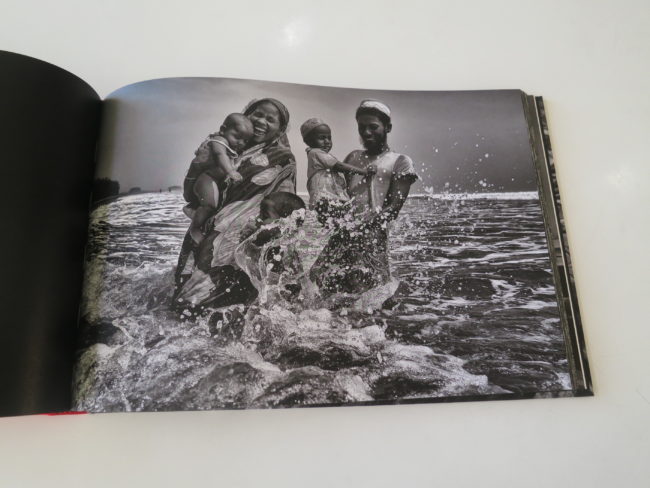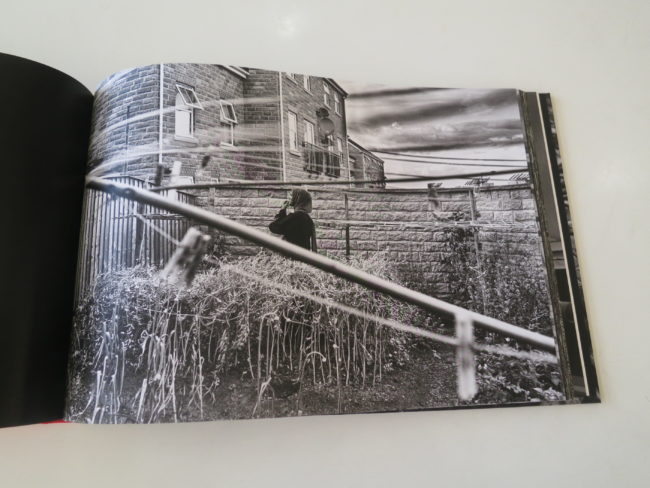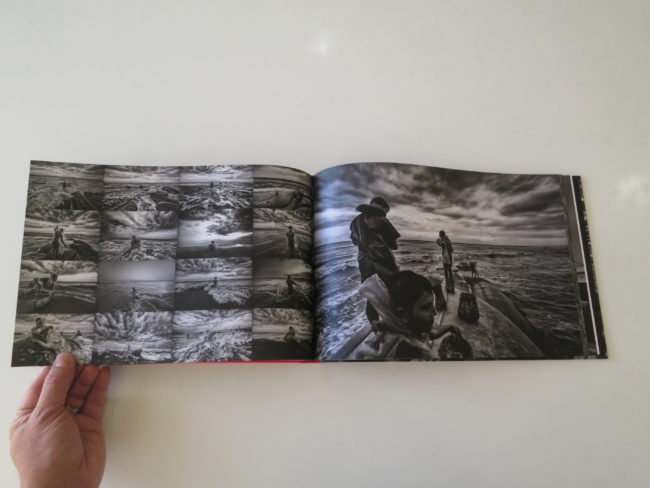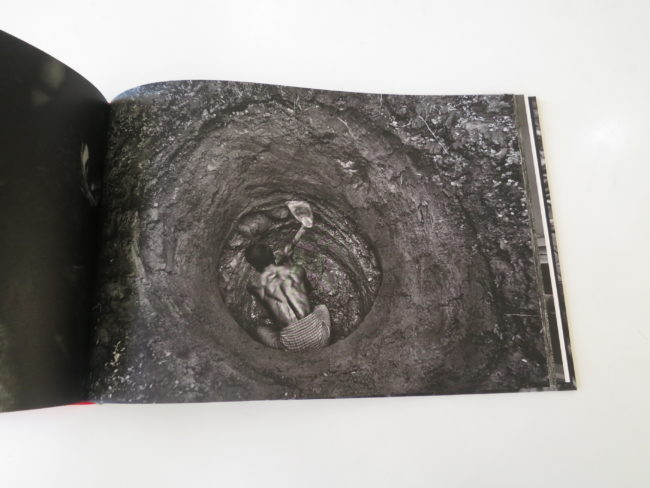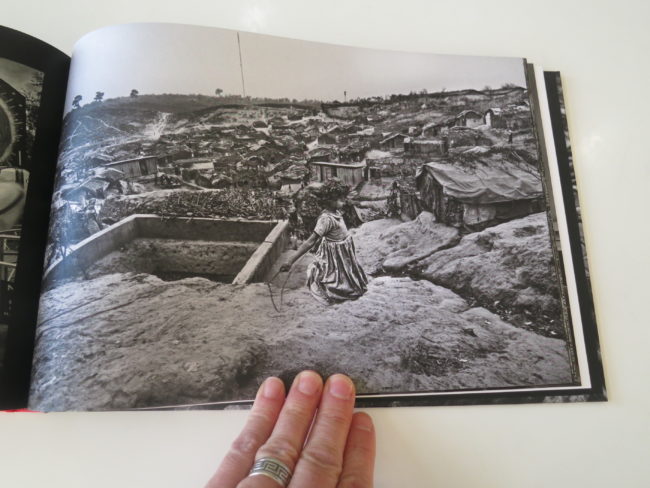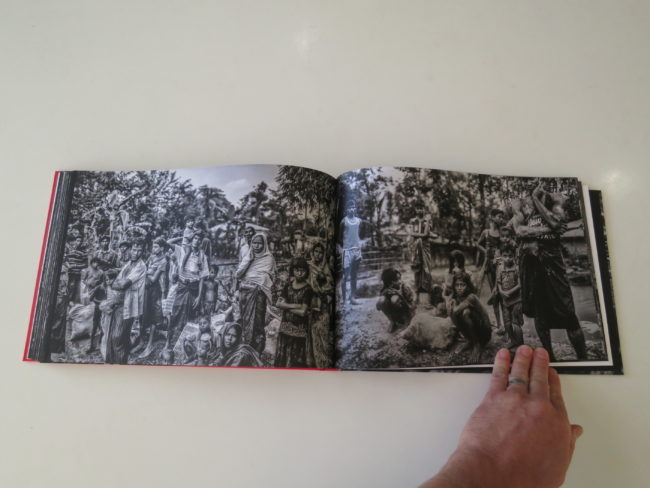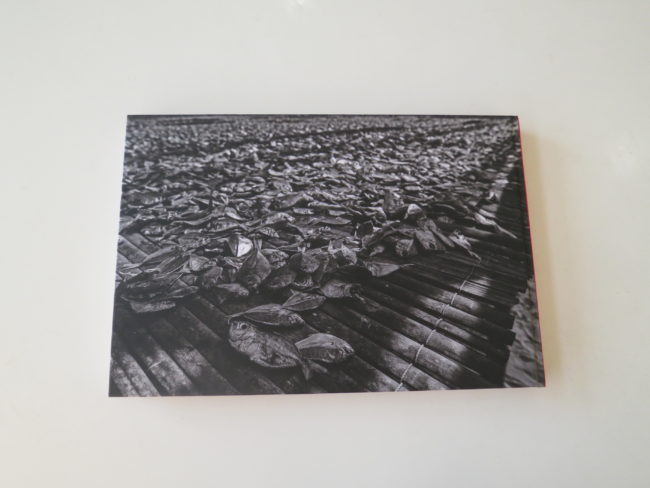
Part 1: Slowing Time
My daughter tied her own shoelaces this morning.
(A first.)
I gave her applause, enjoying her pride, as the rainbow soles perfectly matched the colors in her bedroom.
She’s seven now, and I remember telling you about changing her diaper, back in 2012. How uncomfortable I was, looking at her little body, as our son was born earlier, and his anatomy was far more natural for me.
My children are at the age where it feels like time is speeding up, and given how crazy #2019 has been, I’m trying to figure out how to slow it down.
So I pay more attention as I sing her to sleep at night. I make sure to notice when her hair catches the sun just so, and it glows like a messianic halo, absolutely perfect.
Though I no longer visit my therapist on a regular basis, I did see him on Monday, for the first time in a year, and he encouraged me to do whatever it took to appreciate what I’ve got. (Like most people, I’m constantly looking forward to what I want to achieve, have, or make.)
“This is the best it’s ever going to get,” he said, but he meant it in a good way.
I live in a safe place, have my material needs covered, and am surrounded by loving family in a beautiful environment, so I understood his message.
We also discussed how hard it is, under the cultural/political/macroeconomic conditions in #2019, to keep perspective.
It’s a part of DJT’s genius, the ability to sow confusion and anxiety on a daily basis, whether he’s denigrating the history of lynching, ignoring the existence of the US Constitution, or insulting people directly on Twitter.
What’s a person to do?
Part 2: Idyllic Austria
Learning how to see past the noise, and develop a deeper appreciation for one’s blessings, is not easy. Frankly, I don’t have it figured out just yet.
But I’m certain that giving thanks, expressing that appreciation openly, and working hard to live in the present are methods that will help get me there.
(For example, I can thank you all for reading each week. Thanks so much!)
We also turn to art for inspiration, as things that actively engage our minds, (rather than helping shut them down, like so much popular entertainment,) allow us to think and learn.
If you suspect this is all leading up to a photo book review, you’re mostly right, as we’re going to look at 2 books again today.
I’ll say right here, though, that it won’t be a weekly occurrence. I am trying to stay out of my comfort zone, as a writer, and keep this column fresh, but this is not a new format, doing two books at a time.
(Just an opportunity to discuss connections.)
In this case, two books were shipped in from Schilt Publishing in Holland late last year, and it doesn’t take much creativity to see how they work together.
The first is called “I Am Waldviertel,” and we’ll start here because I looked at it first.
The Dutch artist, Carla Kogelman, began spending time in a pastoral, mountain setting outside Vienna, Austria, in 2012. It started, as many projects do, somewhat randomly, but as she was embraced by the locals in the village of Merkenbrechts, it became a long-term investigation.
Especially after one family invited her to stay with them, and their daughters became main characters in the narrative Ms. Kogelman was building. The story, not surprisingly, is based around following the neighborhood children over the years, (and some summer visitors,) as they frolic and play.
It is meant to be a representation of the idyllic nature of childhood in nature, and as one who grew up in the woods, and is raising my children on a horse farm, there was much I could relate to.
The insides of the front and back covers are in color, and feature flower imagery, but the rest of the book is in black and white, and I must say, I found it a bit of a miss. The world is so colorful, and color communicates joy, and other emotions, so there were several places where I felt color would have helped. (Especially as the book is too long, though I make that comment on the regular.)
I was also a little disconcerted by some of the photos of young girls, topless, as the #MeToo era has made me, (and all of us, frankly,) much more aware of how the camera objectifies the female form.
I’m not going to photograph those images for you, as it doesn’t feel right, though to be clear there is nothing inherently sexual about them. These are art portraits, so the penetrating gaze we often see, which seems informed by fashion photography, allows even the young people to appear older and wiser than they likely were.
From the jump, I didn’t love this work, but as the book evolved, I became aware that the passage of time, so important to its conceit, was starting to influence my emotions. And by the time one of the family’s daughters is getting ready for prom, and the young women are wearing bikinis instead of going without shirts, I had definitely begun thinking of how quickly my children were growing.
Finally, I put the book down, and went back into my daughter’s room to raise her blinds. (We use the sun for heat as much as possible.)
I looked up, and saw photographs of her on the wall, at 2 and 3 years old.
I stopped dead in my tracks, froze for a minute, looking deeply, and promised myself I’d work even harder to appreciate every moment I have with my children while they’re here in my daily life.
We talk about college enough as it is.
Time to slam on the emergency brake, before it’s too late.
Part 3: The Other Side of the Coin
I’m not sure I’ve quoted my therapist in this column before, but today I’m going to do it twice.
I had told him it was important to me to slow down, and learn to see past the normal stresses, (taxes, credit card debt, traffic,) so I could revel in my good fortune, and try not to lose my cool over little things.
How could I do it?
He mentioned that the desire to seek guidance was really another way of describing prayer. (Like many a Post-Enlightenment intellectual, I believe in a spiritual world, but am uncomfortable with direct religious concepts like prayer.)
“There are two types of prayer,” he said. “Asking for help, and giving thanks. That’s it.”
It was a fairly seismic pronouncement, because it broke the world down in such a binary, yet respectful and powerful way.
And then he reminded me of all the refugees in the world, living under the most precarious of circumstances.
So of course, the other book today, “136 – I Am Rohingya,” by Saiful Huq Omi, could not be more appropriate for such a conversation.
(These two books were meant to be paired.)
One offers an idealized vision of what children’s lives are “supposed” to be like, frolicking in water, playing games, living in a stable society, while the other dives directly into the WORST CASE SCENARIO.
The artist is from Bangladesh, and spent ten years immersed in the plight of the Rohingya, an Islamic minority group primarily based in nearby Myanmar, where they have been the subject of genocidal persecution.
This book, which follows their diaspora, is not for the faint of heart, as between the imagery, and the explicit captions at the end, all of the worst human behaviors are discussed openly.
Gang rape, mutilation, torture, murder, and death from poverty and medical neglect.
Even things that seem innocuous, visually, like a few wooden boats on the water, we later learn represent people were lost to sea, almost immediately after the photograph was taken.
There are other images complemented by captions saying this person was raped the day before, died the next day, or simply disappeared, never to be heard from again.
Photographically, I found this book far more compelling than the first, and I did not bemoan the lack of color here. The contrasty, textured photos are visceral, and I believe the photographer made the right choice, stylistically.
The pairings are smart too, and many resonated, like the diptych of the man with water beads on his back, next to the man who’s spine is so evident, from illness and/or malnutrition, that it’s no surprise to read he died shortly thereafter.
An artist statement at the back suggests Mr. Omi suffered through this process, as he was threatened with extreme violence, and nearly died, as a result of the danger of sharing stories that powerful people would prefer be suppressed.
And then, I wondered, does documentary work like this make a difference in a world of unlimited, mind-numbing content?
When the Trumps, Putins, Erdogans, and Xis of the world are so intent on using propaganda, confusion, and secrecy to keep us in the dark, hiding realities of life inside Uighur concentration camps, or Kurdish extermination operations, I guess it’s a silly question to ask.
Especially as developing empathy with those less fortunate, and hopefully doing what we can to alleviate their suffering, helps make us healthier and happier as well.
Bottom Line: Two books, from one publisher, that explore extremes of the human condition
To purchase “I am Waldviertel” click here
To purchase “136- I am Rohingya” click here
If you’d like to submit a book for potential review, please email me directly at jonathanblaustein@gmail.com. We are interested in presenting books from as wide a range of perspectives as possible.
